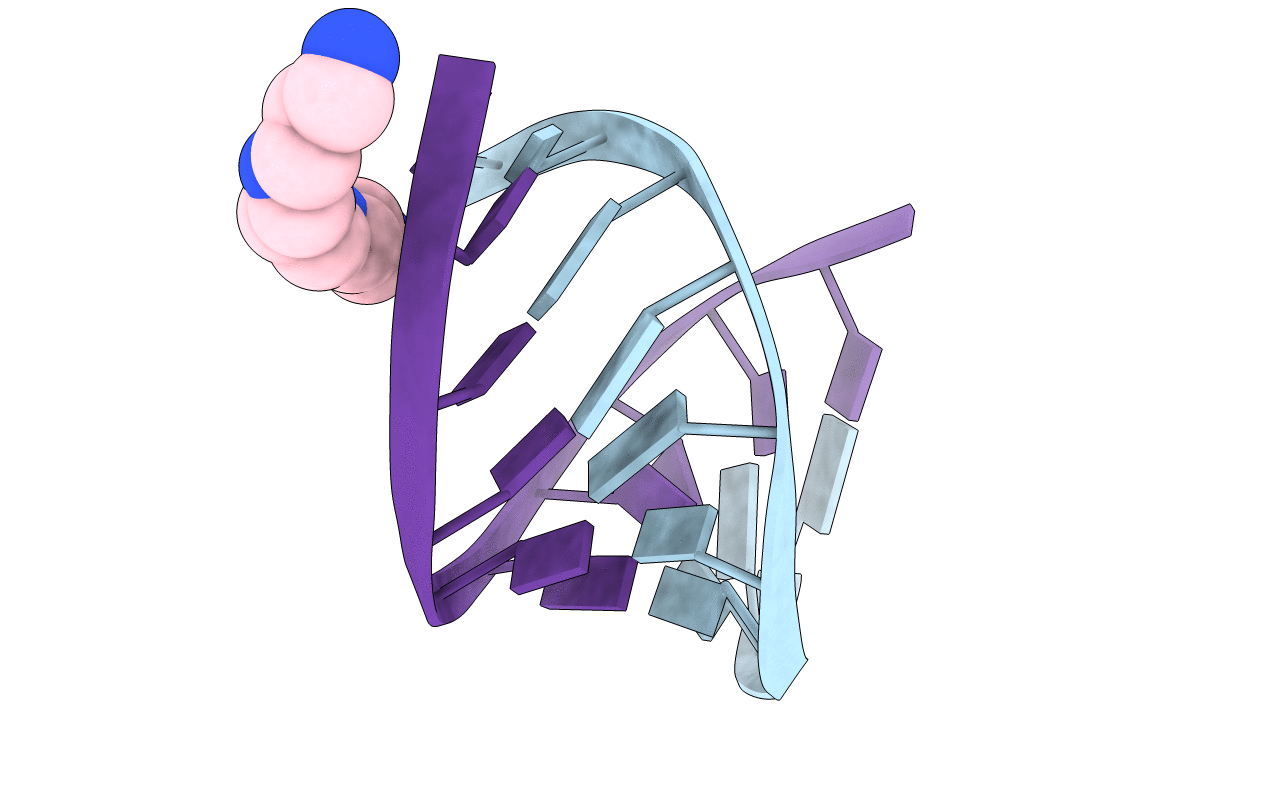
Deposition Date
1997-03-17
Release Date
1997-05-22
Last Version Date
2024-02-21
Entry Detail
Biological Source:
Source Organism:
Method Details:
Experimental Method:
Resolution:
2.20 Å
R-Value Free:
0.17
R-Value Work:
0.15
R-Value Observed:
0.15
Space Group:
P 21 21 21


